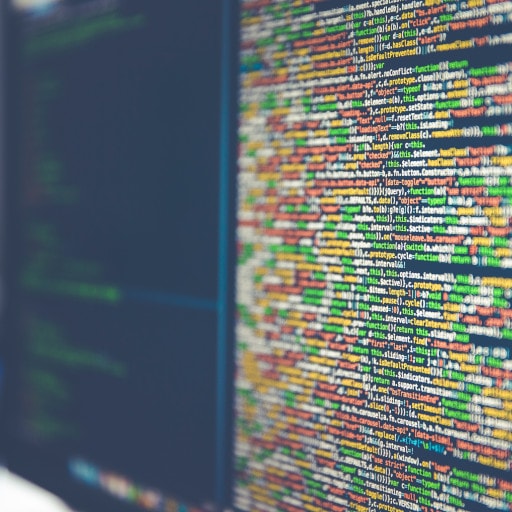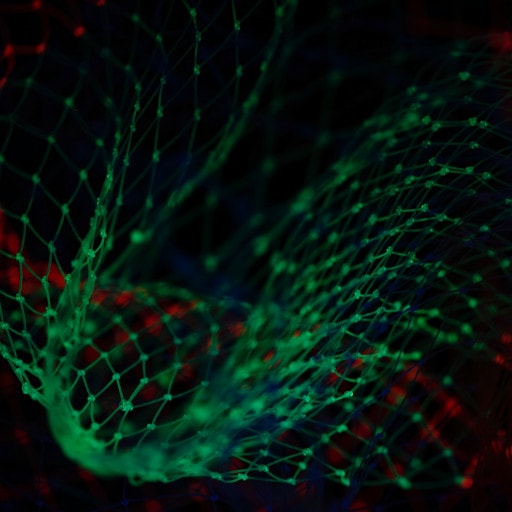Image processing is one of the cornerstones of modern technologies, and it’s rapidly changing the way we interact with data. From analyzing satellite images for visual changes to manipulating photography for clinical trials, the possible applications for image processing run deep. From the casual user who needs to enhance a photo to a tech giant that creates better tools to process data, the potential for image processing is vast. In this article, we’ll take a deeper look at what image processing is and what it can do.
What is Image Processing?
Image processing is a form of signal processing that applies algorithms to images in order to extract useful information and insights. These algorithms can be used to identify patterns in images, identify objects, and improve the clarity or quality of an image. For example, image processing can be used to identify a tumor in an MRI or to detect cars in an autonomous vehicle’s cameras. It can also be used to manipulate images, such as in medical imaging or facial recognition technology.
Types of Image Processing
Image processing can be categorized into three main types, namely, Digital Image Processing, Computer Vision, and Machine Learning.
Digital Image Processing focuses on manipulating and transforming digital images by applying algorithms and filters. These algorithms and filters can be used to enhance the quality of an image, identify objects, and clean up noise from an image.
Computer Vision focuses on understanding the content of an image. This includes object recognition, face recognition, and optical character recognition. This type of image processing is used in applications such as facial recognition, autonomous vehicles, and robotics.
Machine Learning has recently become a popular application for image processing. Deep Learning algorithms are used to train computers to identify patterns in images. This type of image processing is used in face recognition, object recognition, and autonomous vehicles.
Examples of Image Processing
Image processing is used in a wide variety of applications such as medical imaging and security. In medical imaging, image processing algorithms are used to detect and diagnose medical conditions such as tumors. Image processing is also used in security applications such as facial recognition, motion detection, and access control. Image processing is also used in autonomous vehicle navigation and robotics.
Conclusion
Image processing is an essential technology that is used in a wide variety of applications. It can be used to analyze images, detect objects, and identify patterns. Image processing can also be used to manipulate images, such as in medical imaging or facial recognition. By understanding what image processing is and the types and applications of it, we can better use the technology for our own needs.
FAQs
- What is image processing? Image processing is a form of signal processing that applies algorithms to images in order to extract useful information and insights. These algorithms can be used to identify patterns in images, identify objects, and improve the clarity or quality of an image.
- What are the different types of image processing? Image processing can be categorized into three main types: Digital Image Processing, Computer Vision, and Machine Learning.
- What are examples of image processing? Image processing is used in a wide range of applications, such as medical imaging, security, autonomous vehicle navigation, and robotics.




